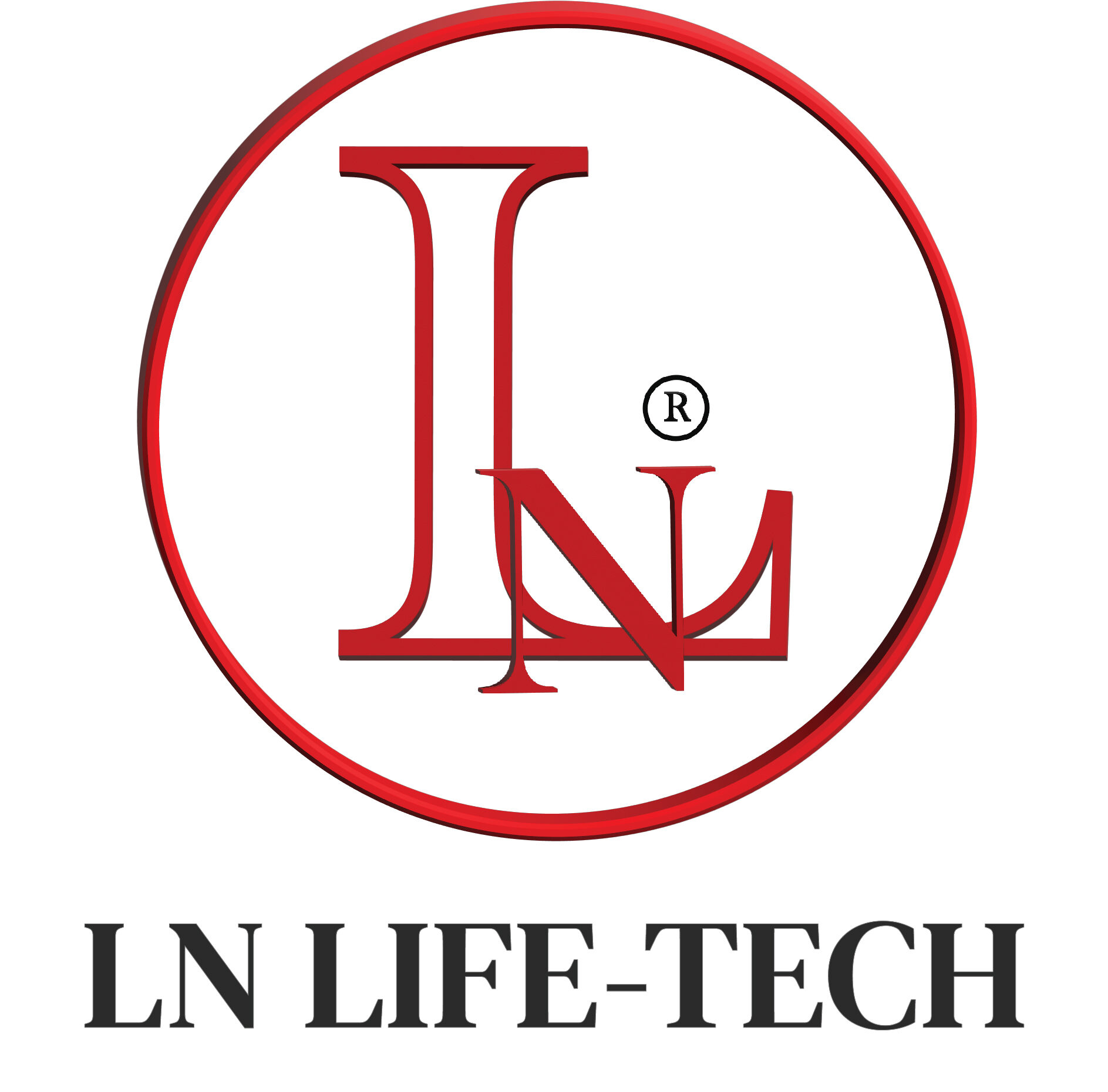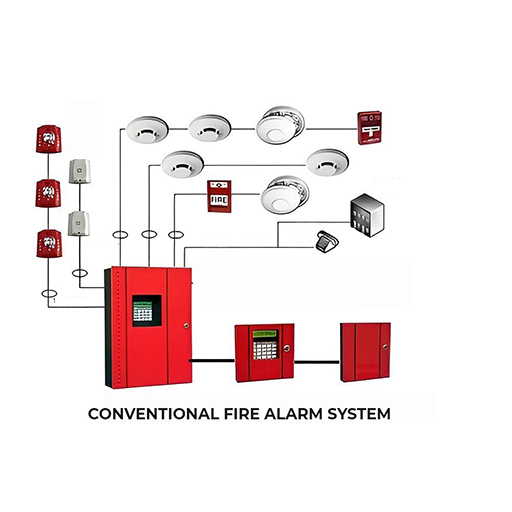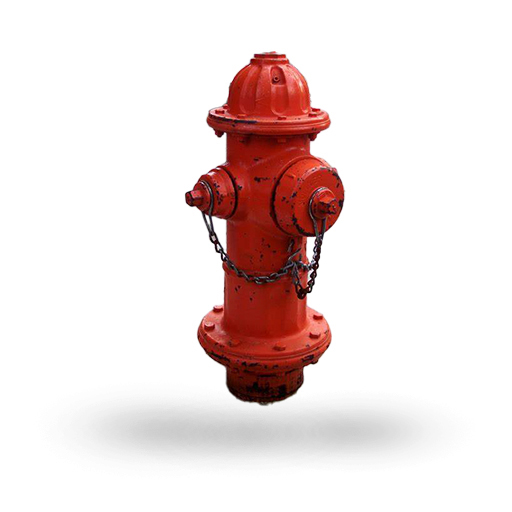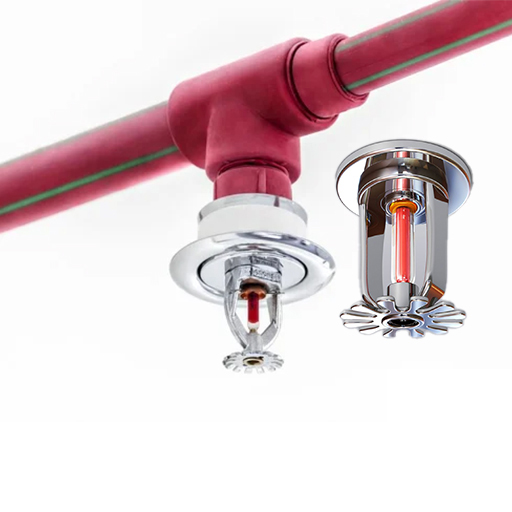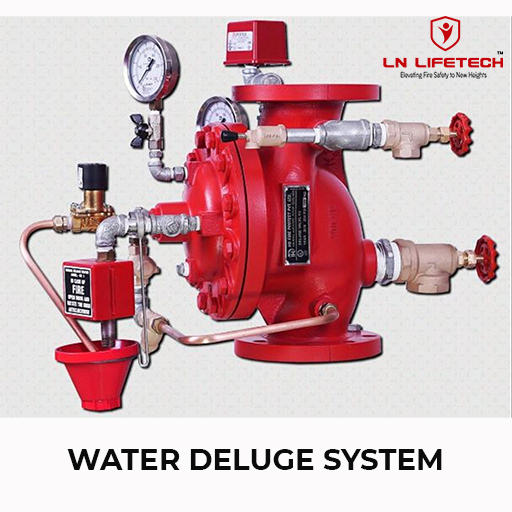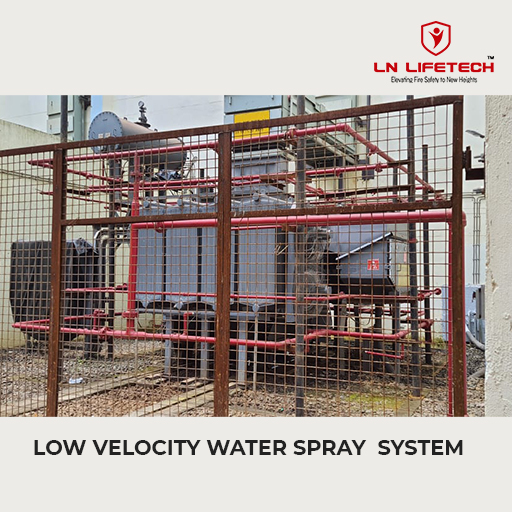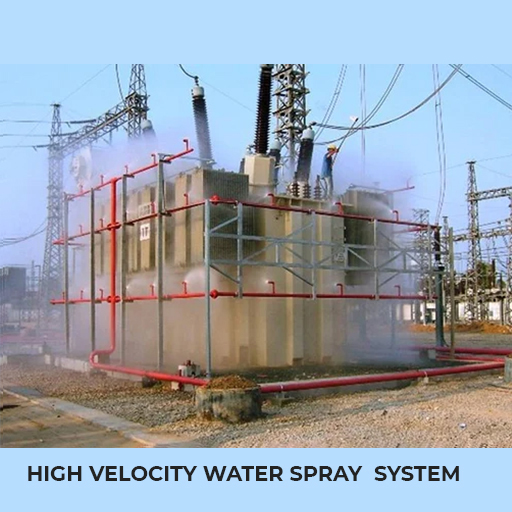Fire Protection System
A fire protection system is a comprehensive set of technologies, equipment, and measures designed to detect, prevent, control, and mitigate the impact of fires in various environments. These systems are crucial for safeguarding life, property, and valuable assets. Fire protection systems typically include components such as fire detection and alarm systems, fire suppression systems, and fire prevention measures.
Fire detection systems utilize sensors to identify the presence of smoke, heat, or flames, triggering timely alerts for evacuation or emergency response. Fire suppression systems, on the other hand, employ technologies like sprinklers, gas-based extinguishing agents, or foam systems to control or extinguish fires.
Water-Based Fire Protection Systems:
Water-based fire protection systems utilize water as the primary extinguishing agent to suppress fires. These systems are commonly found in residential, commercial, industrial, and institutional settings due to their effectiveness and reliability. The main types of water-based fire protection systems include:
Sprinkler Systems
Wet Pipe Sprinkler Systems: These are the most common type of sprinkler systems where water is constantly present in the pipes, ready to be discharged when a sprinkler head is activated by heat.
Fire Hydrant Systems
Wet Barrel Fire Hydrants: These are the most common type of fire hydrants, where water is constantly present in the hydrant for immediate use by firefighters.
Deluge Systems
Deluge systems are designed to quickly deliver large volumes of water to protect high-hazard areas or facilities with rapidly spreading fires. They use open nozzles that release water when activated, covering the entire protected area simultaneously.
Water Mist Systems
High-Pressure Water Mist Systems: They are effective in protecting high-value assets and areas where water damage must be minimized. Low-Pressure Water Mist Systems: Low-pressure water mist systems operate at lower pressures and are suitable for applications where water conservation and minimal water damage are priorities.
Gas-Based Fire Protection Systems:
Gas-based fire protection systems utilize various types of gases to suppress fires by displacing oxygen or interfering with the chemical reactions involved in combustion. Here are some common types of gas-based fire protection systems:
1. Clean Agent Systems
Clean agent systems use gases that do not leave residue or cause damage to sensitive equipment or materials. These systems are ideal for protecting valuable assets and critical infrastructure in areas where water-based systems are not suitable. Common clean agents include:
FM-200 (HFC-227ea): FM-200 is a colorless, odorless gas that extinguishes fires by removing heat from the fire triangle and interrupting the chemical reaction.
Novec 1230: Novec 1230 is a fluorinated ketone compound that extinguishes fires by rapidly cooling the flame and disrupting the combustion process.
Inergen: Inergen is a mixture of nitrogen, argon, and carbon dioxide gases that extinguishes fires by reducing the oxygen concentration in the protected space to a level where combustion cannot be sustained.
2.Carbon Dioxide (CO2) Systems
CO2 systems use carbon dioxide gas stored in pressurized cylinders to suppress fires by displacing oxygen and smothering the flames. These systems are commonly used in areas where water-based suppression systems could cause damage to equipment or materials. CO2 systems are effective for extinguishing fires involving flammable liquids and electrical equipment.
3. Inert gas systems
They use gases such as argon, nitrogen, or a mixture of both to suppress fires by reducing the oxygen concentration in the protected space. Inert gas systems are non-toxic and do not leave residue, making them suitable for use in occupied spaces and areas with sensitive equipment. These systems are commonly used in server rooms, data centers, museums, and archives.
4. Halon Systems
While halon systems are no longer manufactured due to their ozone-depleting properties, existing systems may still be in use. Halon extinguishes fires by interrupting the chemical reaction and inhibiting combustion. However, due to environmental concerns, alternative clean agents like FM-200 and Novec 1230 are preferred for new installations.
5. Foam Systems
Foam-based fire protection systems, although primarily water-based, can also utilize gas to enhance their effectiveness. Foam concentrate mixed with water can be supplemented with gas to create a foam blanket that suppresses flammable liquid fires more effectively by smothering the flames and preventing reignition.
